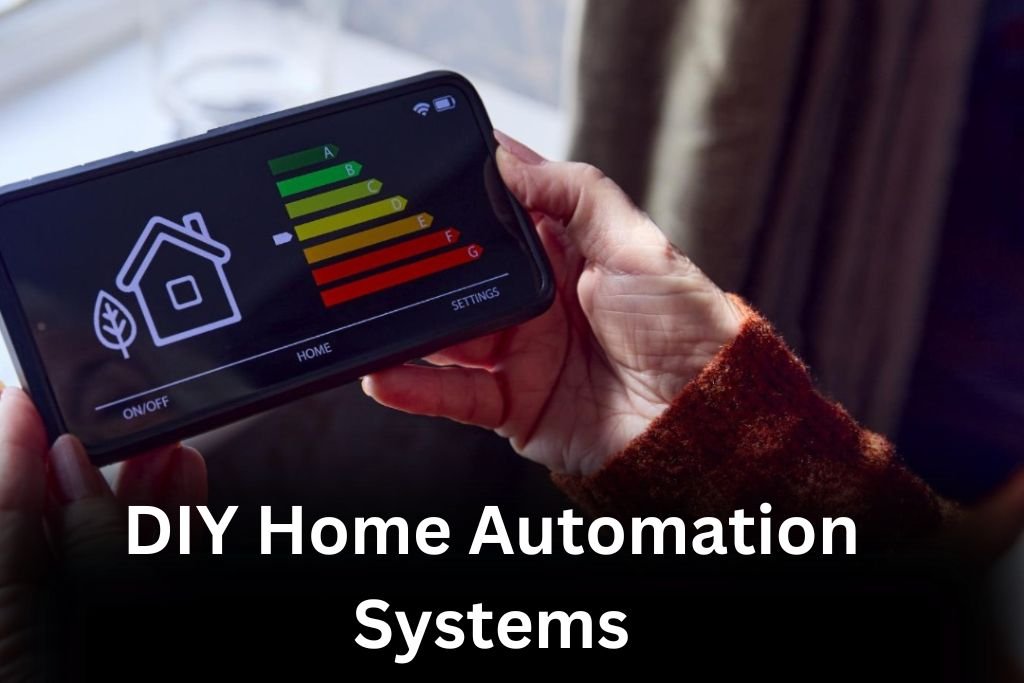DIY home automation systems are systems that you can set up yourself to control your home’s devices and appliances. This can include things like lights, thermostats, security systems, and even your entertainment system. DIY home automation systems can be a great way to save money and make your life easier.
There are a few different types of DIY home automation systems available. Some systems use hubs, which are central devices that connect to all of your smart devices. Other systems use cloud-based storage, which means that your devices communicate with each other through the internet.
Here are some of the benefits of having a DIY home automation system:
- Convenience: DIY home automation systems can make your life easier by allowing you to control your devices from anywhere in the world. You can use your smartphone, tablet, or computer to turn on the lights, adjust the thermostat, or lock the doors.
- Energy savings: DIY home automation systems can help you save energy by automatically turning off lights and appliances when you’re not using them. You can also program your thermostat to turn down the heat when you’re away or sleeping.
- Security: DIY home automation systems can help you improve your home security by allowing you to monitor your home from anywhere. You can receive alerts if there’s any suspicious activity, and you can even remotely control your security system.
- Peace of mind: DIY home automation systems can give you peace of mind by knowing that your home is always under control. You can check in on your home anytime, anywhere, and make sure that everything is okay.
Here are some tips for setting up a DIY home automation system:
- Decide what you want to automate. The first step is to decide which devices and appliances you want to automate. This will help you choose the right system for your needs.
- Choose a system that is compatible with your devices. Make sure that the system you choose is compatible with all of the devices and appliances you want to automate.
- Follow the instructions carefully. When setting up your system, be sure to follow the instructions carefully. This will help you avoid any problems.
- Test your system regularly. Once your system is set up, test it regularly to make sure that it is working properly.
DIY home automation systems can be a great way to save money, make your life easier, and improve your home security. If you are interested in setting up a DIY home automation system, there are a few things you should keep in mind.

